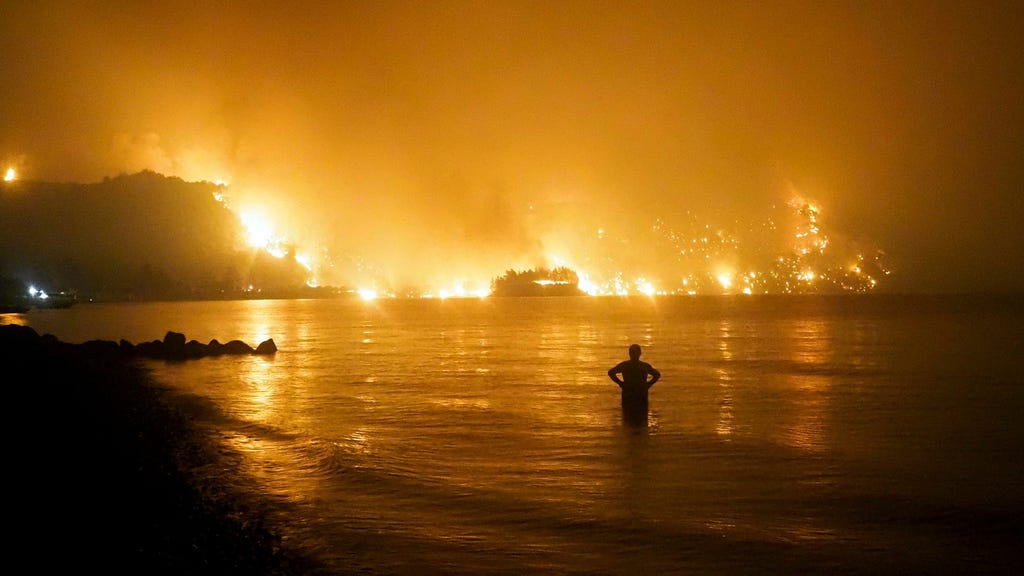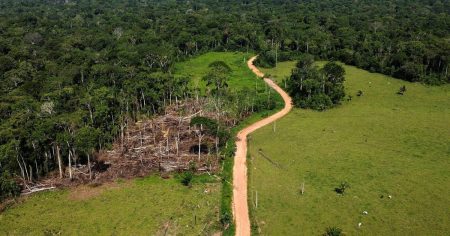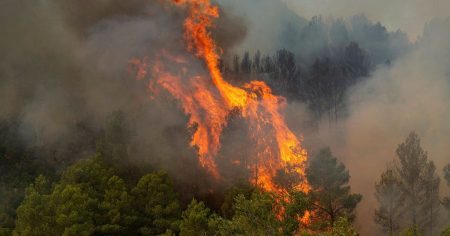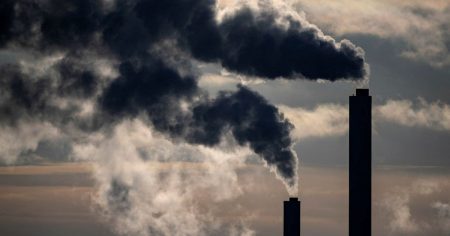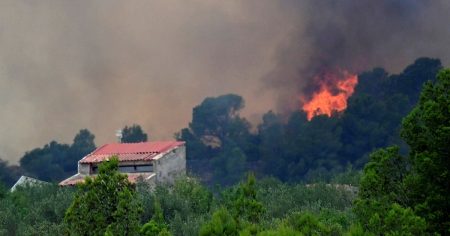The question of whether extreme weather events are becoming more frequent and severe, and if so, whether they can be directly attributed to climate change, has long been a complex scientific puzzle. Traditionally, attributing individual weather events to climate change was challenging. While scientists could explain the general mechanisms by which a warming planet could lead to increased extreme weather, pinning down a specific event as directly caused by climate change was difficult due to the inherent variability of weather systems. This ambiguity allowed for skepticism and hindered public understanding of the real-world impacts of climate change. However, the science of attribution has advanced significantly in recent years, providing more definitive answers to these pressing questions. We are now moving beyond correlation and towards quantifiable causation, painting a clearer picture of how human activity is altering our weather patterns and pushing us into uncharted territory.
The emergence of attribution science represents a paradigm shift in our understanding of climate change. Previously, scientists relied primarily on climate models to project future changes in weather patterns based on various greenhouse gas emission scenarios. These models are essential tools for understanding long-term trends, but they struggled to connect specific weather events to climate change with a high degree of certainty. Attribution science utilizes sophisticated statistical techniques and climate models to analyze observed weather events in the context of both a world with and without human-induced climate change. By comparing these two scenarios, scientists can estimate the extent to which climate change has influenced the likelihood and intensity of a particular event. In essence, it allows researchers to quantify the ”fingerprint” of climate change on extreme weather events, moving beyond speculation and providing concrete evidence.
The findings of attribution studies are increasingly alarming, demonstrating that climate change is not just a future threat, but a present reality. Numerous studies have shown that climate change has significantly increased the likelihood and intensity of various extreme weather events, including heatwaves, droughts, heavy rainfall, floods, and wildfires. For example, the scorching heatwave that swept across the Pacific Northwest in 2021, shattering temperature records and causing hundreds of deaths, was found to be virtually impossible without human-caused climate change. Similarly, studies have attributed the increased frequency and intensity of hurricanes in the Atlantic to warmer ocean temperatures, a direct consequence of climate change. These findings provide compelling evidence that climate change is not merely a gradual warming trend, but a catalyst for extreme and devastating weather events that are already impacting communities worldwide.
The implications of these findings are profound. As Friederike Otto, a leading climate scientist, points out, we are ”moving outside of what our societies are built for.” Our infrastructure, agricultural practices, and disaster preparedness systems are largely based on historical weather patterns. As climate change continues to intensify extreme weather events, these systems are increasingly inadequate to cope with the escalating risks. Coastal communities face increased threats from sea-level rise and more powerful storms, while inland areas are vulnerable to more frequent and intense heatwaves, droughts, and wildfires. The economic and social costs of these events are already substantial and are projected to increase dramatically in the coming decades unless significant action is taken to mitigate climate change and adapt to its unavoidable impacts.
The evolving science of attribution not only provides crucial evidence of climate change’s impact but also empowers individuals and communities to hold polluters accountable. By quantifying the link between climate change and specific extreme weather events, attribution science strengthens the legal arguments for climate litigation against corporations and governments that have contributed significantly to greenhouse gas emissions. These lawsuits seek to hold polluters responsible for the damages caused by climate change-related extreme weather events and compel them to take action to reduce their emissions. The increasing sophistication of attribution science provides a stronger scientific foundation for these legal challenges, increasing the pressure on responsible parties to address the growing climate crisis.
The increasing frequency and severity of extreme weather events serve as a stark reminder of the urgency of addressing climate change. Attribution science provides the evidence needed to connect these events to human activity and understand the full extent of the risks we face. While the challenges are significant, there is still time to take action. Reducing greenhouse gas emissions through a transition to renewable energy sources, improving energy efficiency, and adopting sustainable land use practices are essential steps to mitigate the risks of future extreme weather events. Simultaneously, investing in adaptation measures, such as strengthening infrastructure, developing early warning systems, and implementing climate-resilient agricultural practices, can help communities better prepare for and cope with the unavoidable impacts of climate change. The science is clear: climate change is here, and we must act now to protect our communities and future generations from the escalating threats of extreme weather.





